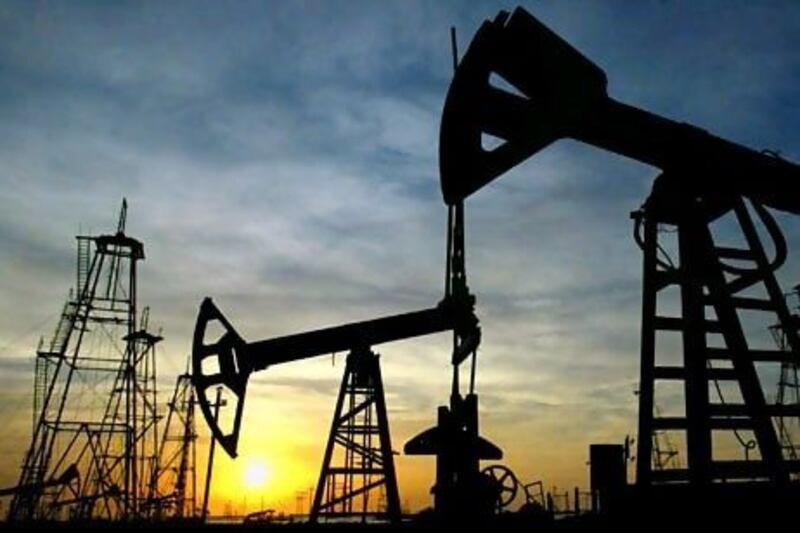Developing economies' need for oil will be greater than demand in member countries of the Organisation for Economic Co-operation and Development (OECD) by next year, the International Energy Agency (IEA) said yesterday.
Demand for crude will rise next year as the global economy recovers, and the increase will lead to a permanent shift in demand distribution, said the body representing the world's developed economies, in its July monthly report.
"Global oil product demand will average 90.9 million barrels per day (bpd) for 2013, with non-OECD demand exceeding that for the OECD for the first time ever in [the second quarter of next year], a trend that is unlikely to be reversed," said the report.
Non-OECD demand is forecast to be 45.7 million bpd next year, 600,000 bpd more than OECD demand, according to the IEA.
Sluggish growth in the United States and recession in the euro-zone have undermined OECD demand for oil. While emerging economies have experienced a slowdown this year, China in particular has been growing much faster than developed economies in recent years.
OECD demand for crude is further stifled by the introduction of biofuels at petrol pumps.
The IEA believes that the glum economic situation will improve next year, but not to levels attained before the 2008 financial meltdown.
A "muted economic recovery in 2013 supports a 1 million barrels per day rise in oil demand," said the IEA report. "While stronger than the estimated 800,000 bpd gain envisaged for 2012, growth remains well below the pre credit crunch trend."
The IEA's assessment of future demand is at odds with Opec's predictions for the "call" on its oil, with the producer organisation foreseeing a decline in demand.
"Based on the initial forecast for world oil demand and non-Opec supply for 2013, the demand for Opec crude next year is projected to decline by 300,000 bpd to average 29.6 million bpd," the organisation said in its monthly report for June.
The IEA and Opec also disagree on current pumping volumes, with the former putting the call on Opec at 31.8 million bpd, while the latter estimates demand for its crude at 31.4 million bpd.
A sharp decline in the price of oil to below US$100 a barrel and a build-up in stockpiles led to a pledge by Opec producers last month to curb their output.
The IEA forecasts that the call on Opec will decline to 31 million bpd in the second half of the year, tempting the organisation cut back on production.
"Opec producers may follow through on their midJune pledge to curb output from current elevated levels if customers request less oil," said the IEA report.
But analysts say that Saudi Arabia, Opec's leading producer and unofficial leader, is content with current prices, which leave it ample revenue without undermining the global economy.
"Given the oil price has circled the levels they have been targeting, current levels of production are likely to remain the same in the medium to short term," said Ross Strachan, an analyst at Capital Economics.
twitter: Follow and share our breaking business news. Follow us
iPad users can read the digital edition of business section as it was printed via our e-reader app. Click here





